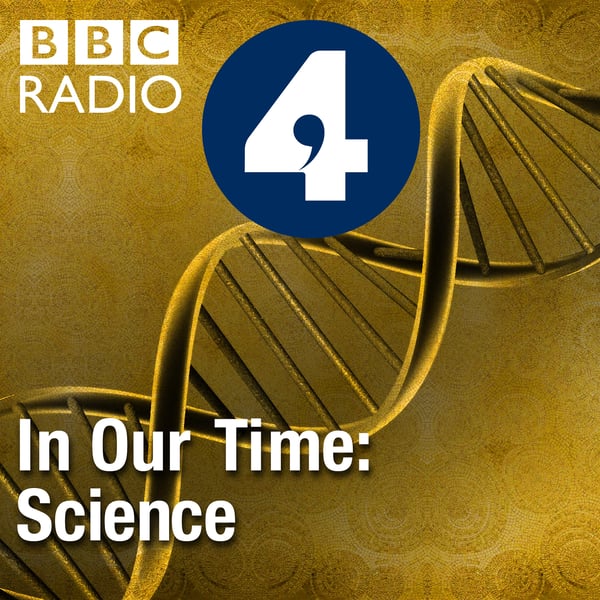Summary
Transcript
Click on a timestamp to play from that location
| 0:00.0 | Thank you for downloading this episode of In Our Time. |
| 0:02.4 | For more details about in our time and for our terms of use please go to BBC.co. |
| 0:07.1 | UK slash radio 4. |
| 0:09.2 | I hope you enjoy the program. |
| 0:11.2 | Hello 26,000 light years from the center of our galaxy in one of the outer reaches of the |
| 0:16.6 | Milky Way is an unremarkable little star. Astronomers describe it as a G-type main sequence star and in most respects there's nothing |
| 0:25.3 | interesting or unusual about it but ever since humanity first walked on the planet |
| 0:29.7 | it's been an objective fascination for one very good reason it's the sun our sun. The sun's |
| 0:36.2 | been burning for four and a half billion years and it's the source of all our |
| 0:39.3 | energy. At its core nuclear reactions of almost unimaginable power generate heat and light, |
| 0:44.8 | which takes 100,000 years to penetrate the surface, |
| 0:47.8 | but they had only another eight minutes to reach us on Earth. |
| 0:50.4 | The greatest minds have been studying our nearest staff for millennia, but only in recent decades |
| 0:55.3 | have we begun to have some inkling and the astonishing processes at work inside it. |
| 1:00.6 | With me to discuss the signs of the sun, I Carolyn Crawford, Gresham Professor |
| 1:04.8 | of Astronomy and Fellow of Emmanuel College Cambridge, Yvonne Ellsworth, Pointing Professor of Physics |
| 1:11.1 | at the University of Birmingham, and Louise Hara Professor of S at the University of Birmingham and Louise Harrah Professor of |
| 1:14.4 | Solar Physics at the UCL Mulatch Science Laboratory. |
| 1:18.0 | Carolyn Crawford, let's start with the basics. What would you give us a quick idea of |
| 1:21.6 | the size nature, sun? |
| 1:24.0 | Well as you say it's a star, our nearest star which we view from the relatively close vantage point |
| 1:30.0 | of 150 million kilometers away, so this is astronomically speaking of course and it's |
... |
Please login to see the full transcript.
Disclaimer: The podcast and artwork embedded on this page are from BBC, and are the property of its owner and not affiliated with or endorsed by Tapesearch.
Generated transcripts are the property of BBC and are distributed freely under the Fair Use doctrine. Transcripts generated by Tapesearch are not guaranteed to be accurate.
Copyright © Tapesearch 2025.

